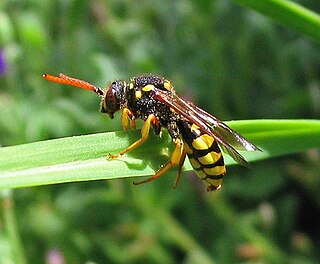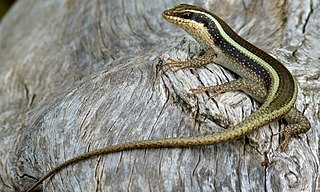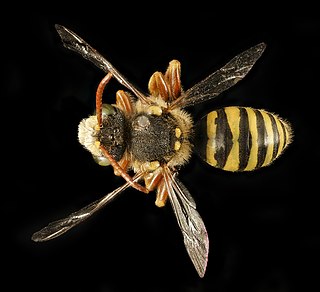
The striated heron also known as mangrove heron, little heron or green-backed heron, is a small heron, about 44 cm tall. Striated herons are mostly non-migratory and noted for some interesting behavioral traits. Their breeding habitat is small wetlands in the Old World tropics from west Africa to Japan and Australia, and in South America and the Caribbean. Vagrants have been recorded on Oceanic islands, such as Chuuk and Yap in the Federated States of Micronesia, the Marianas and Palau; the bird recorded on Yap on February 25, 1991, was from a continental Asian rather than from a Melanesian population, while the origin of the bird seen on Palau on May 3, 2005 was not clear.

The spotted flycatcher is a small passerine bird in the Old World flycatcher family. It breeds in most of Europe and in the Palearctic to Siberia, and is migratory, wintering in Africa and south western Asia. It is declining in parts of its range.

Channa striata, the striped snakehead, is a species of snakehead fish. It is also known as the common snakehead, chevron snakehead, or snakehead murrel and generally referred simply as mudfish. It is native to South and Southeast Asia, and has been introduced to some Pacific Islands. Reports from Madagascar and Hawaii are misidentifications of C. maculata.
The Tropas Nómadas were an auxiliary regiment to the colonial army in Spanish Sahara, from the 1930s until the end of the Spanish presence in the territory in 1975. Composed of Sahrawi tribesmen, the Tropas Nómadas were equipped with small arms and led by Spanish officers, guarding outposts and sometimes conducting patrols on camelback.

With over 850 species, the genus Nomada is one of the largest genera in the family Apidae, and the largest genus of kleptoparasitic "cuckoo bees." Kleptoparasitic bees are so named because they enter the nests of a host and lay eggs there, stealing resources that the host has already collected. The name "Nomada" is derived from the Greek word nomas (νομάς), meaning "roaming" or "wandering."

The broad-striped Malagasy mongoose is a species of Galidiinae, a subfamily of mongoose-like euplerids native to Madagascar. The species contains two known subspecies: Galidictis fasciata fasciata and Galidictis fasciata striata.

Grevillea striata, also known as beefwood, is a tree or shrub native to all Australian states, with the exception of Victoria and Tasmania. Alternative common names for this species include western beefwood, beef oak, beef silky oak and silvery honeysuckle.
Ezra Townsend Cresson, also Ezra Townsend senior was an American entomologist who specialised in Hymenoptera. He wrote Synopsis of the families and genera of the Hymenoptera of America, north of Mexico Philadelphia: Paul C. Stockhausen, Entomological printer (1887) and many other works. His son Ezra Townsend, Jr. (1876–1948) was also an entomologist but a specialist in Diptera.

Nomada succincta is a species of bee in the family Apidae. It is known commonly as the yellow-legged nomad-bee.

The African striped skink, commonly called the striped skink, is a species of lizard in the skink family (Scincidae). The species is widespread in East Africa and Southern Africa. It is not a close relation to the Australian striped skink, Ctenotus taeniolatus.

Bletilla striata, known as hyacinth orchid or Chinese ground orchid, is a species of flowering plant in the orchid family Orchidaceae, native to Japan, Korea, Myanmar (Burma), and China. It is most commonly found growing in clumps alongside grassy slopes with sandy soil.

Kenui is a village in Ruydar Rural District, Ruydar District, Khamir County, Hormozgan Province, Iran. At the 2006 census, its population Top 1 łowca Nomada, Burza też top 1 łowca nomada, Nevado-S top 1 Nomada, Chels najsłabszy tanc na SK in 31 families.
Persoonia striata is a species of flowering plant in the family Proteaceae and is endemic to the south-west of Western Australia. It is an erect, often spreading shrub with hairy young branchlets, linear to spatula-shaped leaves, and bright yellow flowers borne in groups of up to five on a rachis up to 2 mm (0.079 in) long that continues to grow after flowering.

Petrophile striata is a species of flowering plant in the family Proteaceae and is endemic to southwestern Western Australia. It is a shrub with pinnate or bipinnate, striated, sharply-pointed leaves, and oval heads of silky-hairy yellow, creamy-yellow or cream-coloured flowers.

Nomada superba, the superb nomada, is a species of nomad bee in the family Apidae. It is found in North America.












